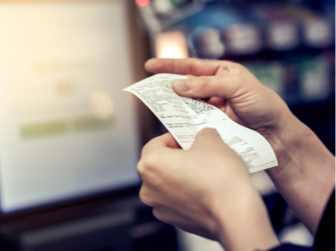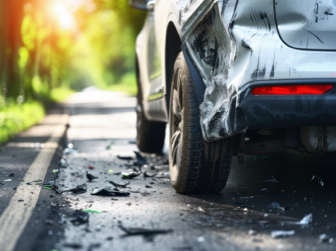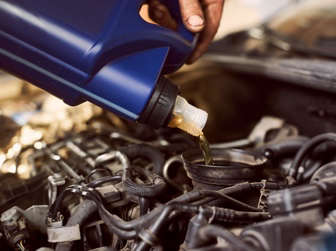Anyone who has ever experienced the shock of a burst tyre while travelling at a high speed, will relate to this blog post. It can be a frightening experience and a huge safety risk to the driver and surrounding cars.
In most cases when a tyre bursts at high speeds it’s because of an unattended puncture. Motor Industry Workshop Association (MIWA), a proud association of the Retail Motor Industry Organisation (RMI), recently released tips from the Cornerstone Youth Club in Bloemfontein and Supaquick on what to do if this happens to you.
![]() Step 1: Stay Calm
Step 1: Stay Calm
When a tyre explodes try to stay as calm as possible and hold the steering wheel firmly with both hands.
![]() Step 2: Do not brake
Step 2: Do not brake
It’s most important to keep your foot off the brakes and don’t push it at all. Most people’s instinct is to slam on brakes, however this is the worst thing to do as it throws the car off balance and could cause the vehicle to spin. The deceleration force caused by the burst tyre will cause your car to slow down rapidly so rather gradually ease off the accelerator until your car comes to a stop.
![]() Step 3: Keep your vehicle going straight
Step 3: Keep your vehicle going straight
Focus on your steering to ensure that you continue travelling straight in order to avoid any collisions following the blowout. Your car will swerve in the direction of the blowout but you should be able to remain in control if you can gradually slow down by easing your foot off the accelerator.
![]() Step 4: Change to a lower gear ONLY when the car is under control
Step 4: Change to a lower gear ONLY when the car is under control
If your car has a manual transmission, gradually change to a lower gear BUT ONLY do so if you feel that the car is completely under control.
If your car has an automatic transmission, stay in the Drive (D) gear and DO NOT change. The drag from the exploded tyre will slow you down.
![]() Step 5: Do not over correct
Step 5: Do not over correct
When you first feel the swerve of your car after the blowout, it may be tempting to panic and turn the steering wheel hard in the other direction. Unfortunately, this will only make the loss of control more likely. Rather do your best to keep it straight.
![]() Step 6: Let your vehicle coast to a stop
Step 6: Let your vehicle coast to a stop
Let your vehicle come to a gradual stop, using engine braking if necessary. Ensure it is safe for you and your car to stop. Once you have come to a complete standstill, turn on your emergency or hazard lights. Generally, when the speed drops to 50 km/h, you can gently press the brakes until the car stops.
We think this Honda will ‘Amaze’ thrifty car buyers!
Used car shopping? Includes Extended Warranty, and other tips


